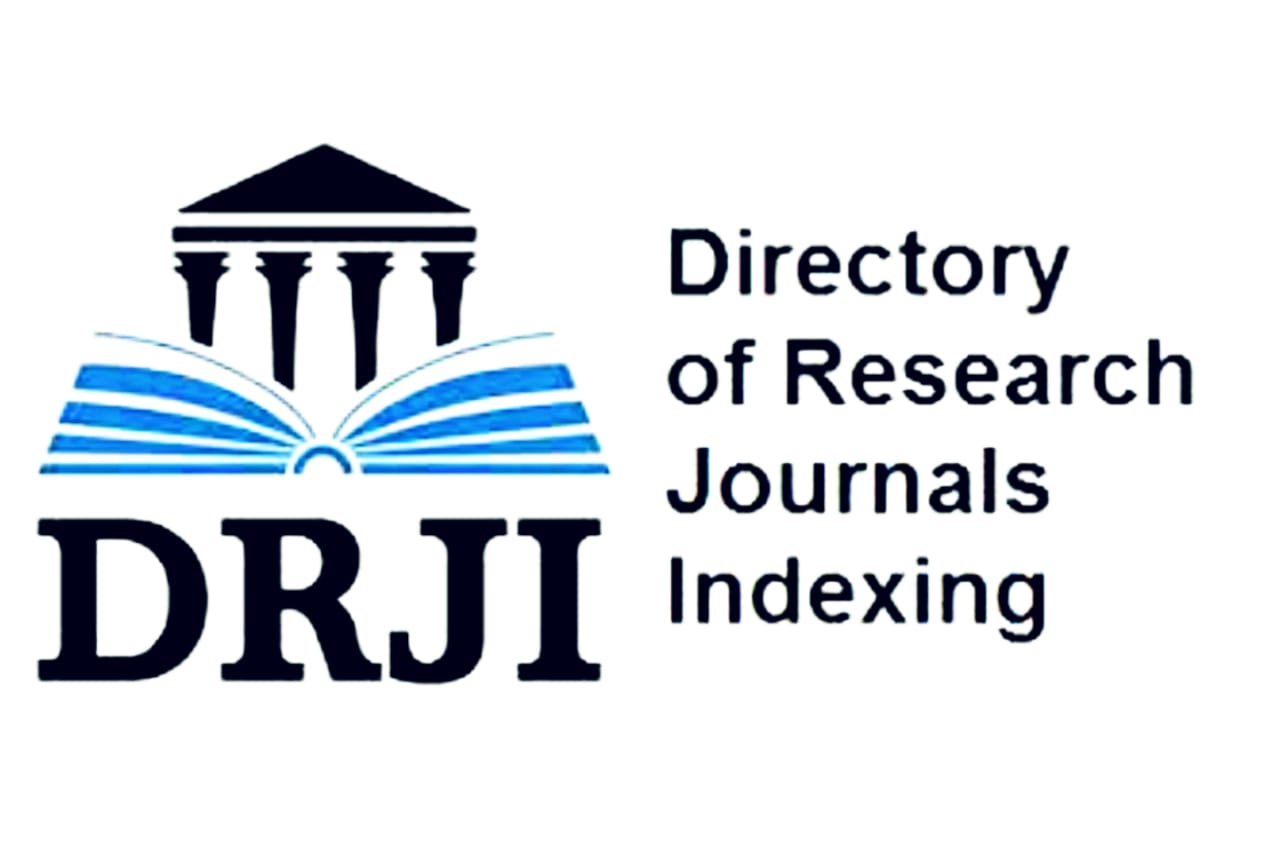Comparator neutron activation analysis of the solid volumetric rock samples for gold content
DOI:
https://doi.org/10.26577/ijbch.2022.v15.i1.010Abstract
The application of comparator instrumental neutron activation analysis (INAA) combined with the internal standard method was considered to analyze solid volumetric samples of different rocks, 15–20 g of the mass, for Au content. Fe was used as the internal comparator with its mass fraction determined by X-ray fluorescence method (XRF) with the help of a laboratory energy dispersive XRF spectrometer RLP-21T, Kazakhstan. The puck-like samples about 29 mm across diameter and about 10 mm of the thickness were sliced up from rock drill-cores with a diamond saw. No other pretreatment was applied. Sample dimensions were fitted in compliance with that of the XRF spectrometer dishes to substitute them during analysis, i.e. they were the highest possible allowed by the spectrometer. Relative corrections for neutron self-shielding and for gamma-ray self-absorption by the samples of the same dimensions corresponding by their macrocomponent composition to the different types of common rocks turned out rather small, simply accounted using the internal standard, and almost irrespective of the rock types. By the example of serpentinite, picrite and diabase-picrite samples (Western Ulytau Belt, Central Kazakhstan) the whole approach was found as rather expedite and reliable being applied to determine Au content of sufficiently homogeneous magmatic and metamorphic rocks. More efforts resulting in Fe multiple measurements due to its heterogeneous distribution are necessary to analyze industrially significant Au contents in sedimentary rocks like black shales (Bakyrchik, Eastern Kazakhstan).
Downloads
How to Cite
Issue
Section
License
Copyright (c) 2022 International Journal of Biology and Chemistry

This work is licensed under a Creative Commons Attribution-NonCommercial-NoDerivatives 4.0 International License.
ааа
















